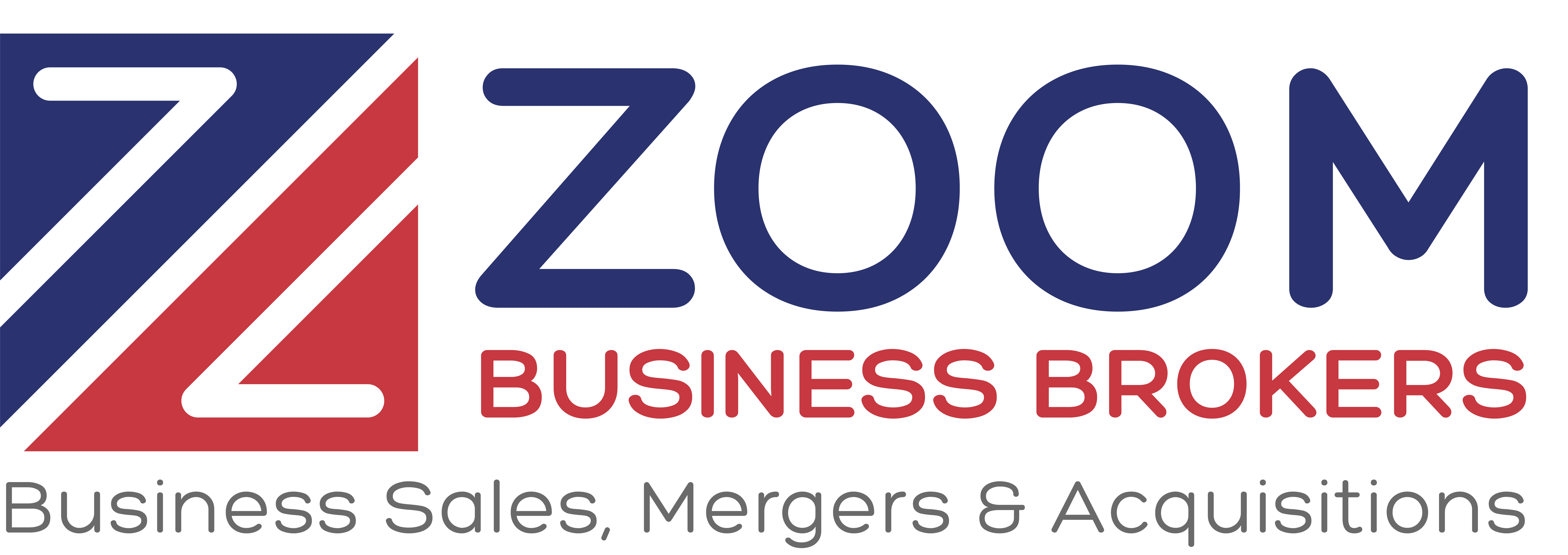
How Does Your Business Compare?

The value of a business is not strictly about its financial performance or the price someone is willing to pay for it. Numerous intangible factors, or value drivers, influence its worth. The evaluation of these drivers provides insight into the business’s potential for future growth and profitability, which are key considerations for potential buyers. This article aims to delve into some of these key value drivers, using a table to better illustrate their significance in the process of selling a business.
- Business Type: The demand for your business type significantly impacts its valuation. Businesses in high-demand sectors naturally command higher selling prices due to their appeal to a larger pool of potential buyers. Conversely, those in sectors with little demand may face challenges in attracting buyers, ultimately leading to a lower selling price. To improve this, consider diversifying or pivoting your offerings to align with high-demand sectors.
- Business Growth: High and steady business growth is a strong value driver. It signifies the company’s ability to grow its revenue and profitability over time. Steady growth is appealing to buyers as it suggests a high potential for future profitability. Conversely, low or inconsistent growth can devalue a business. To enhance growth, focus on effective business strategies, like market expansion and product innovation.
- Market Share: Businesses with a large and growing market share are seen as leaders in their sectors, making them attractive to buyers. Small or static market shares can limit a company’s attractiveness. To improve market share, consider investing in marketing and sales strategies that broaden your customer base and increase your competitive edge.
- Profits: Good, steady profits are one of the most straightforward indicators of a business’s health. They signal a successful business model and strong future potential. On the other hand, unsteady profits suggest instability and risk, decreasing the business’s appeal to buyers. Enhancing profitability may involve cost reductions, price adjustments, or efforts to boost sales.
- Management: An above-average management team adds value to a business by showcasing effective leadership and the potential for sustained growth. Understaffed or mediocre teams may devalue the business due to perceived inefficiencies or instability. Enhancing this value driver might mean investing in employee development, hiring key personnel, or improving management processes.
- Financials: Audited financials demonstrate a company’s commitment to transparency and accuracy, thus increasing buyer trust. Compiled or reviewed financials, although useful, may not inspire the same level of confidence. To improve this aspect, consider obtaining regular audits and maintaining meticulous financial records.
- Customer Base: A wide and growing customer base signifies market acceptance and the potential for stable future revenue. A fluctuating or narrow customer base may suggest instability or a limited market, decreasing business value. To grow your customer base, prioritize customer satisfaction, quality service, and effective marketing strategies.
- Litigation: A business with no litigation history in recent years is typically seen as less risky, adding to its value. On the contrary, regular litigation can decrease a business’s appeal due to potential legal costs and reputation damage. To maintain a clean litigation record, comply with legal requirements and manage disputes effectively.
- Sales: Good sales growth signifies a strong market presence and potential for future profits. No growth or low growth can decrease a business’s value. To enhance sales growth, invest in effective sales strategies and customer engagement.
- Industry Trend: Businesses operating in industries experiencing growth tend to attract higher valuations due to their future potential. If your industry is experiencing stagnant growth, this may negatively impact your business’s value. Staying on top of industry trends and adapting your business model to suit can help drive up your business’s value.
In conclusion, several factors or value drivers influence the selling price of a business. By understanding these drivers and strategically enhancing them, business owners can optimize their exit strategy and potentially maximize their selling price.
